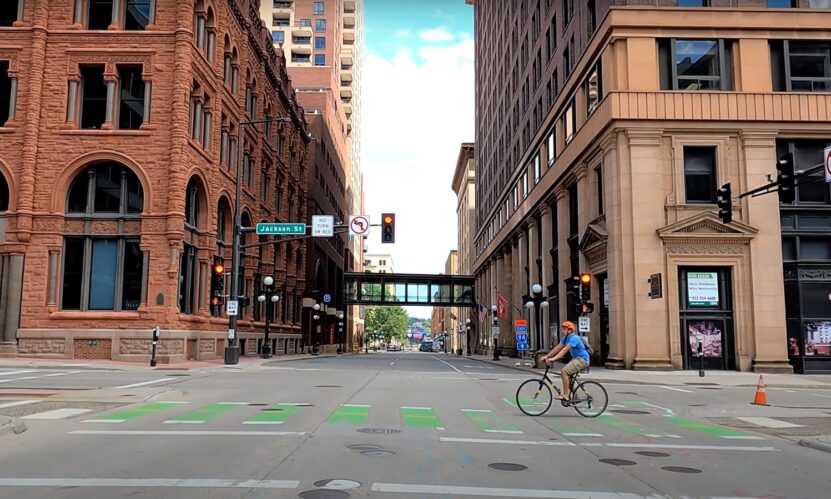St. Paul, Minnesota, is not just a city; it’s a treasure trove of history, culture, and fascinating trivia.
From its picturesque shoreline along the Mississippi River to its unique historical landmarks, St. Paul is a city that never ceases to amaze.
In this post, I will present you with 40 fun facts about St. Paul that showcase its uniqueness and charm.
1. Twin Cities’ Pride

St. Paul, together with Minneapolis, forms the “Twin Cities,” a metropolitan area renowned for its cultural and economic significance.
2. A Capital with History
In 1849, St. Paul was named the capital of the Minnesota Territory, marking the beginning of its prominent role in state governance.
3. Mississippi’s Beautiful Shoreline
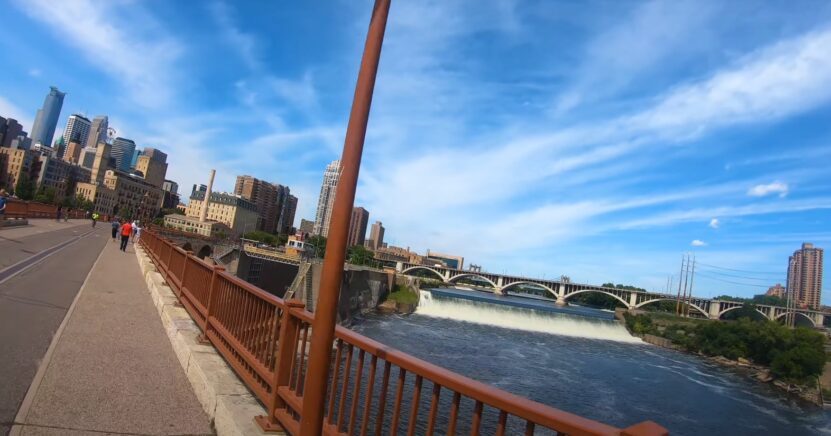
With a 26-mile shoreline along the Mississippi River, St. Paul offers stunning river views and abundant recreational opportunities.
4. Architectural Marvel on Summit Avenue
Summit Avenue boasts one of the best-preserved stretches of Victorian-era houses in the United States, offering a glimpse into the city’s architectural past.
5. The Prohibition Era’s Dark Side
During Prohibition, St. Paul was notorious as a “crooks haven,” with rampant criminal activity under the guise of lawfulness.
6. The Landmark Center’s Many Roles
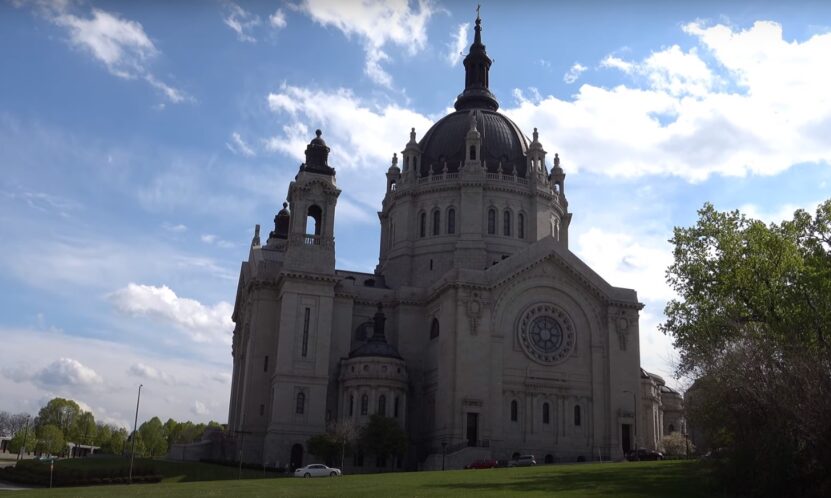
The Landmark Center has served various roles, including a post office, courthouse, and custom house, playing a significant part in Minnesota’s history.
7. A Haven for Nature Lovers
Known for its nature, lakes, and wildlife, St. Paul is a paradise for those who love the great outdoors.
8. Exploring the Underground
The city is home to a fascinating array of caves, both manmade and natural, offering unique subterranean adventures.
9. Trailblazing in Winchell Trail
Winchell Trail in Minneapolis, part of the metropolitan area, holds the distinction of being the first rustic hiking trail in the city.
10. Up Close with Giraffes
The Como Park Zoo features a giraffe feeding station, offering a unique and intimate wildlife experience.
11. Dinosaurs and Mummies at the Science Museum
The Science Museum of Minnesota is a must-visit for its dinosaur exhibits and an authentic Egyptian mummy.
12. A Magnet for Tourists
The Mississippi National River and Recreation Area draws over 400,000 tourists annually, making it a major attraction in the city.
13. Lake Phalen’s Recreational Offerings

Lake Phalen is a popular spot for picnics, fishing, boating, and biking, embodying the city’s love for outdoor activities.
14. Ancient Burial Grounds in the City
Indian Mounds Regional Park is notable for its prehistoric burial mounds, adding a touch of ancient history to the urban landscape.
15. A City of Parks and Nature
St. Paul is dotted with regional parks and nature spots, including Rice Park, Raptor Center, Harriet Island Regional Park, and Gateway Trail.
16. Fort Snelling’s Historical Significance
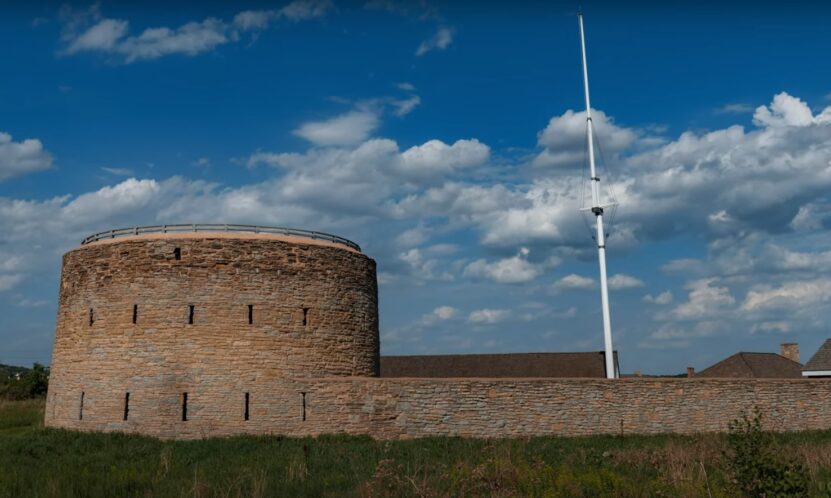
Fort Snelling is a National Historic Landmark, offering a rich historical narrative of the area.
17. Tours with a Twist
The city offers various unique tours, including gangster tours, ghost tours, and more, each providing a different perspective on St. Paul’s history.
18. Neoclassical Splendor at the Cathedral
The Cathedral of St. Paul, a Roman Catholic Cathedral, is an architectural masterpiece with its neoclassical design.
19. The ‘Last City of the East’
St. Paul is often called the “Last City of the East” due to its geographical location east of the Mississippi River.
20. Celebrating African-American Culture
Rondo Days is the largest African-American festival in Minnesota, hosted in St. Paul, celebrating the city’s rich cultural diversity.
21. A City of Festivals
Throughout the year, St. Paul is alive with a variety of festivals, reflecting its vibrant community spirit.
22. Culinary and Cultural Diversity
The East Side of St. Paul is renowned for its delicious cuisine and cultural diversity, offering a taste of the city’s rich cultural tapestry.
23. World Records and Artistic Flair
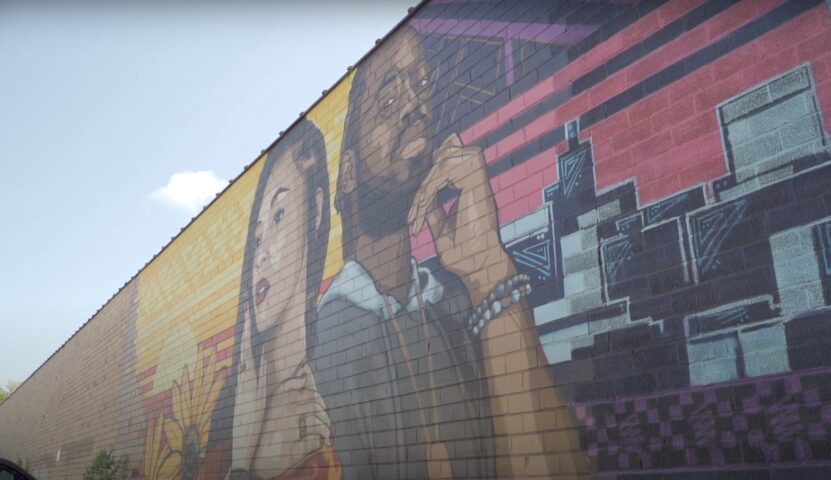
The Treasure Island Center features the world’s largest hockey mural, and St. Paul also hosts a mural festival in the Creative Enterprise Zone to celebrate its artistic soul.
24. A Glimpse of Political Majesty
The Minnesota State Capitol in St. Paul, with its second-largest unsupported marble dome in the world, is not just a political hub but an architectural wonder.
25. A Record-Holding Depot
The Union Depot is not just a transportation hub; it houses the world’s largest Lite Brite piece, blending transport with art.
26. Skyway to Serenity
Boasting the second-longest continuous skyway system in the world, St. Paul ensures its residents and visitors can navigate the city comfortably, irrespective of the weather.
27. Origins in a Name: Pig’s Eye
Originally called “Pig’s Eye” after a one-eyed settler, Pierre Parrant, St. Paul’s unique origin story adds a quirky twist to its rich history.
28. Orchestral Excellence
The Saint Paul Chamber Orchestra holds the distinction of being the only full-time professional chamber orchestra in the United States, showcasing the city’s deep-rooted love for music.
29. A City of Literary Greats
St. Paul has been the home and inspiration for numerous famous authors, offering a literary landscape as diverse as its population.
30. The Artistic Soul of the City
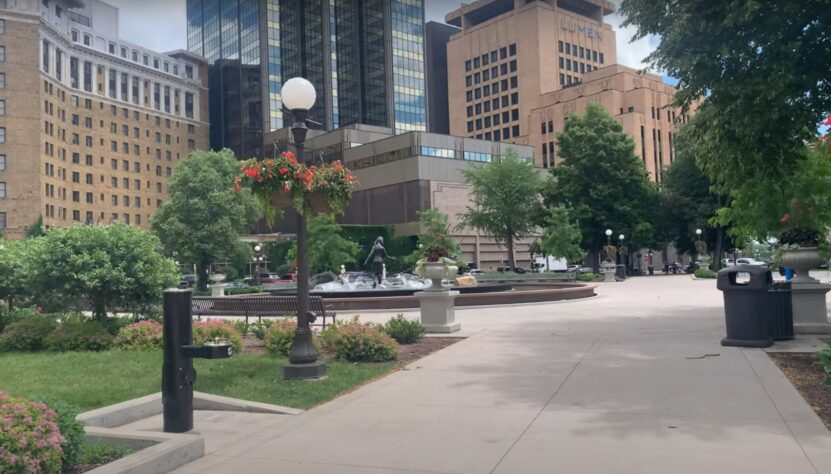
The city’s commitment to the arts is evident in its numerous galleries, public art installations, and the vibrant Lowertown Art District.
31. Music in the Air
From jazz clubs to classical concerts, St. Paul’s music scene is as eclectic and vibrant as the city itself, reflecting its cultural diversity.
32. A Stage for Performers
The city’s theater scene, including venues like the Ordway Center for the Performing Arts, offers a broad spectrum of performances, from Broadway shows to local plays.
33. A Melting Pot of Cultures
St. Paul is home to a diverse population, with thriving communities from Hmong to Hispanic, each adding their unique flavor to the city’s cultural melting pot.
34. Community Engagement and Festivities

The city is known for its community engagement, with numerous neighborhood events and local festivals that bring people together, celebrating their unity in diversity.
35. A Beacon of Education
With a strong emphasis on education, St. Paul boasts several universities and colleges, nurturing the next generation of leaders and thinkers.
36. Inclusivity in Action
St. Paul is committed to inclusivity, with various initiatives and programs aimed at ensuring equality and representation for all its residents.
37. Green Spaces and Urban Planning
The city’s dedication to maintaining green spaces and parks reflects its commitment to sustainability and providing a high quality of life for its residents.
38. Innovative Urban Development
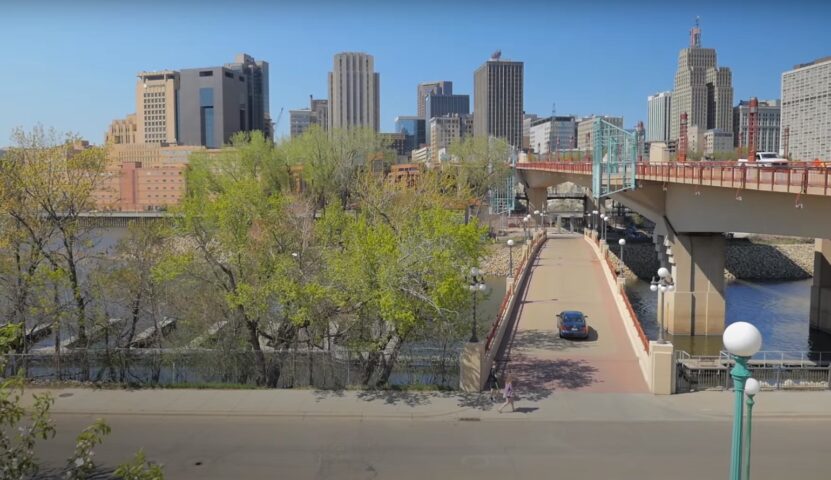
St. Paul is constantly evolving, with innovative urban development projects that aim to balance historical preservation with modernization.
39. A Hub for Startups and Technology
The city is becoming a hub for startups and technology companies, driving innovation and economic growth in the region.
40. Sustainability Initiatives
St. Paul’s sustainability initiatives, from renewable energy projects to community gardens, are a testament to its forward-thinking approach to urban living.
FAQs
What is the best time of year to visit St. Paul for outdoor activities?
Summer and early fall are ideal. The weather from June to September is warm and conducive to exploring the city’s parks, lakes, and trails.
Are there any unique food specialties in St. Paul?
Yes, this location is known for its diverse culinary scene. The Juicy Lucy, a cheese-stuffed burger, is a local favorite.
Also, the city’s diverse communities offer a variety of authentic ethnic cuisines, including Hmong, Mexican, and East African dishes.
Does St. Paul have any notable historical museums?
Yes, it is home to the Minnesota History Center, which offers extensive exhibits on the state’s history, including its natural environment, native cultures, and the impact of immigration.
Can visitors explore the cave systems in St. Paul?
Yes, some of the caves there, like the Wabasha Street Caves, offer guided tours that dig into the city’s geology and the historical significance of these natural formations.
Is St. Paul bike-friendly for tourists?
Absolutely. St. Paul has an extensive network of bike lanes and trails, making it easy for tourists to explore the city on two wheels. Bike rentals and bike-sharing services are readily available.
Are there any annual music festivals in St. Paul?
St. Paul hosts several music festivals throughout the year, including the Twin Cities Jazz Festival and the Lowertown Blues & Funk Fest, showcasing a range of musical genres.
Final Words
St. Paul, Minnesota, is a city of many facets. From its historical significance as the state capital to its rich cultural heritage and natural beauty, St. Paul offers a plethora of experiences and stories.
Whether you’re exploring its Victorian architecture, engaging with its diverse communities, or enjoying its natural landscapes, St. Paul is a city that always has something new and exciting to offer.

